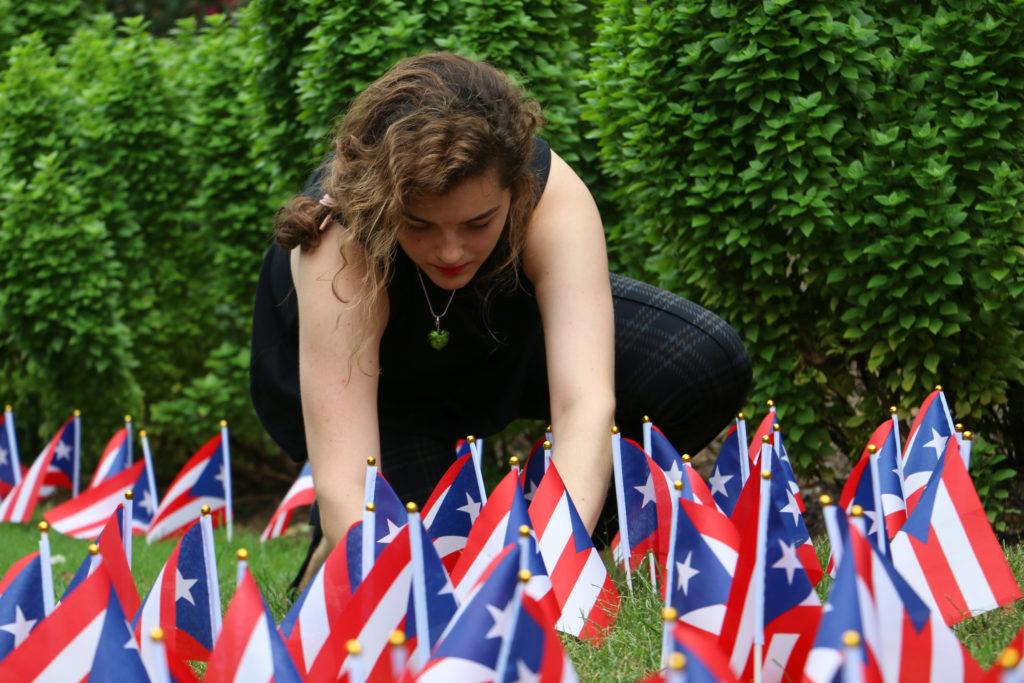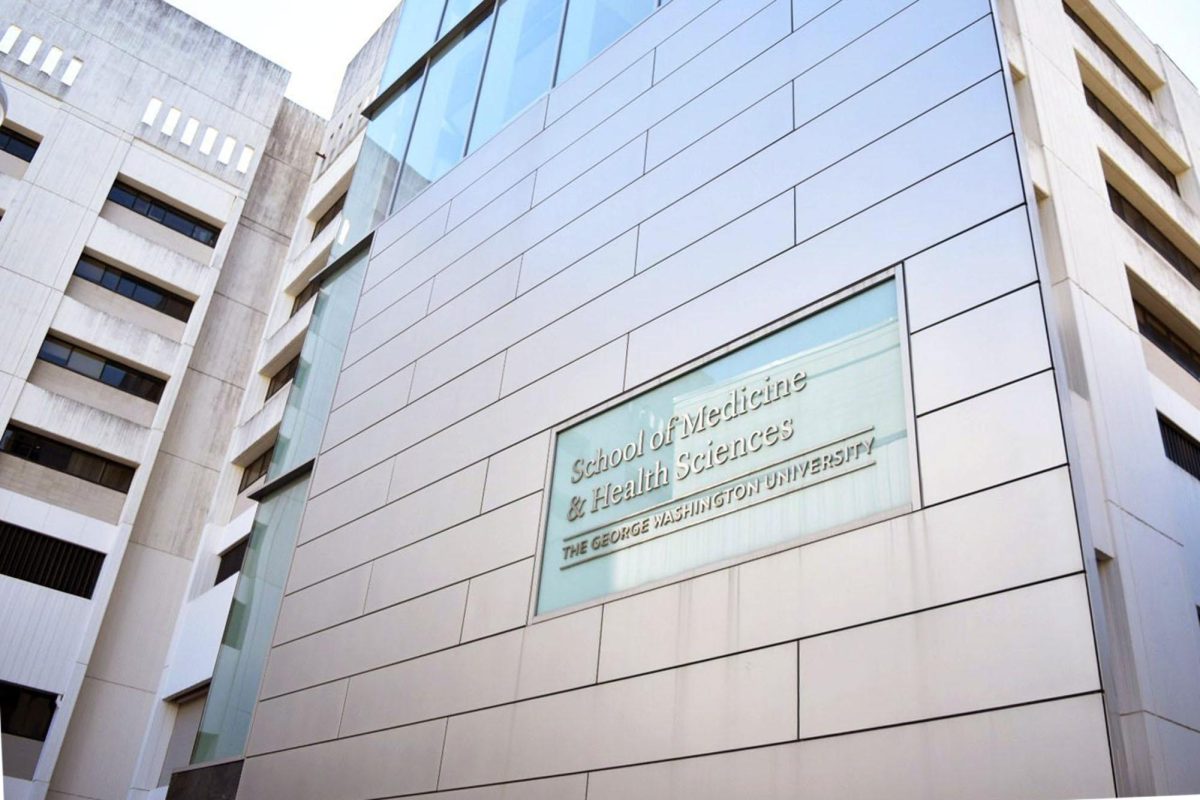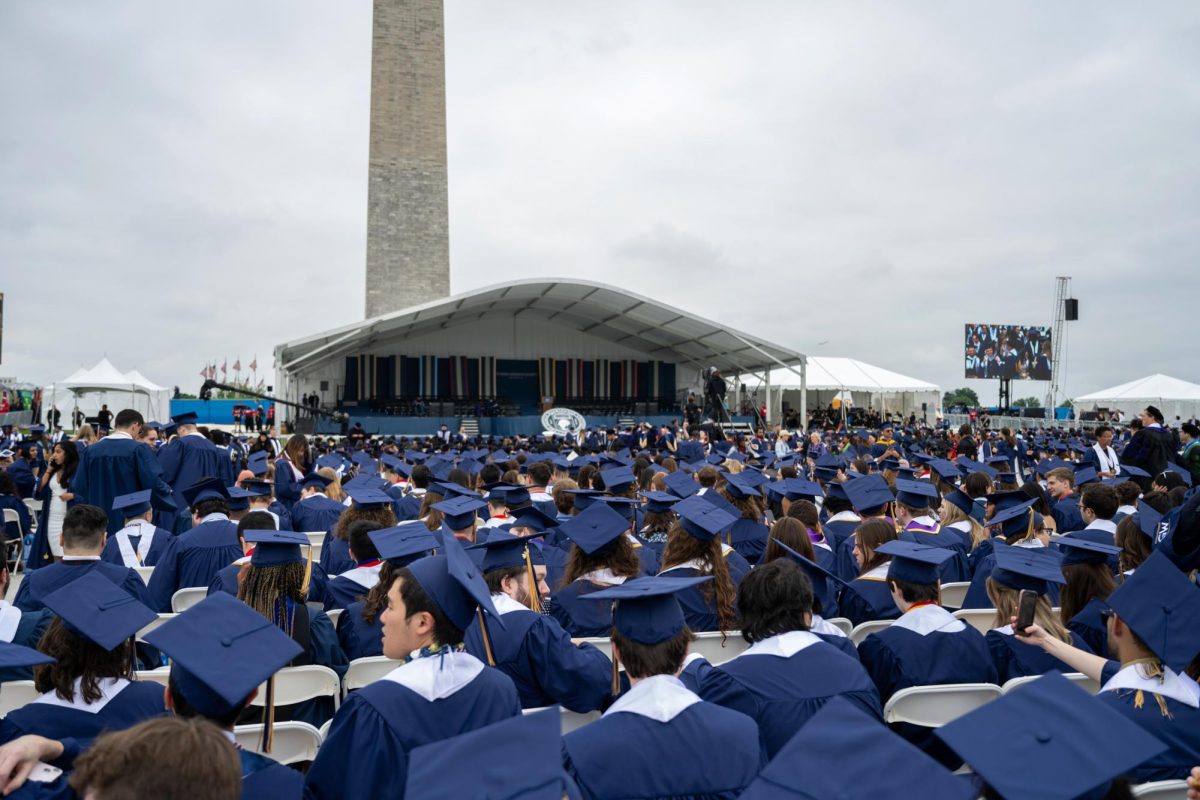Researchers from the Milken Institute School of Public Health received a grant earlier this month that will allow them to investigate building failure that Puerto Rico experienced during Hurricane Maria.
Public health school officials signed a $1 million contract with the National Institute of Standards in Technology to identify the number of deaths that were caused by building failure in Puerto Rico during Hurricane Maria. The partnership comes almost two years after Milken researchers discovered that nearly 3,000 people in Puerto Rico had died from the hurricane, a number much larger than what the White House had released to the public.
“The team will create an integrated database of existing administrative records from the government of Puerto Rico, hospitals and others to identify and classify deaths related to Hurricane Maria,” a public health school release about the project states.
Judith Mitrani-Reiser, the associate chief of materials and structural divisions at NIST and the lead investigator on the project, said the project is organized into four parts that will investigate the environmental hazards that led to building failure during the hurricane, and develop building codes and emergency communication recommendations for handling hurricanes in the future.
She said the investigators will look into both the environmental hazards that led to building failure in Puerto Rico and how the structure of the buildings could have influenced their stability.
“We’re trying to understand what were these environmental contributions that lead potentially to failures of structures,” she said.
She said the project will determine recommendations for national building code standards that could be used in areas throughout the United States.
“A lot of the lessons that we’re learning from all of these projects can be applied to any area in our country that has an exposure to hurricane risk,” she said.
She added that the project isn’t meant to produce an updated death count but instead will focus on the causes of death during the hurricane.
“So trying to understand truly the injury mechanisms and the series of events that led to someone perishing in the event, and then where we can learn how failures of buildings and building systems may have played a role in that,” she said.
Carlos Santos-Burgoa, a professor of global public health and the principal investigator from GW, did not return multiple requests for comment.
Tiffany Garcia contributed reporting.








